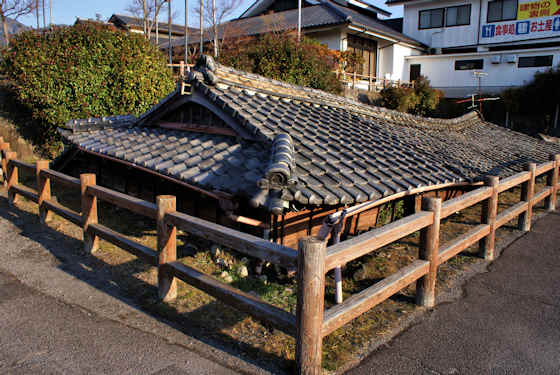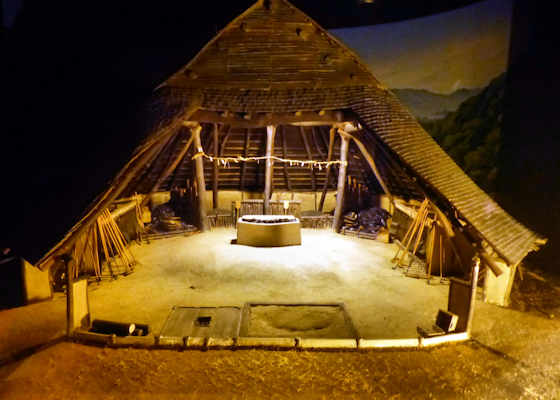Minakata Kamagusu was a Japanese eccentric and maverick who is considered by some to be Japan's first environmentalist. The house he lived in from 1916 until his death in 1941 is open to the public right next door to a
modern museum to him in Tanabe, Wakayama.
In the previous post on the
memorial museum, I wrote a little about him, but in this post I want to concentrate on the topic that made him famous, the shrine closure program of the government that began around 1910.
The shrine closure program only ran for a few years, and some areas resisted it quite strongly, but somewhere between 35 and 45 percent of all shrines throughout Japan were closed down. These were all local, nature-based deities that were moved, often quite some distance, to a "national" shrine.
Previously during the Meiji Period the government had "separated" the kami and the buddhas, destroying more than a millenia of religious development and in the process installing imperial connected kami in place of deities with Buddhist, Taoist, or non-imperial identities. They also began a program of creating major imperial shrines, some of which, like Meiji Jingi, Kashihara, and Heian, are now very popular.
The shrine closure program was part of this effort to create a new imperial-centered religion but also had a couple of secondary aims. One was to reduce the number of festivals that Japanese celebrated as this interfered with the industrial-oriented work ethic that the state wished to create.
Another factor was the"resource-rich" forest land that these traditional shrines encompassed. There was a lot of valuable timber on these lands when one considers the massive deforestation that the castle and town building of the Edo Period had created. It was this final point that caused Minakata to get involved, although he went on to argue an ecological viewpoint that included the destruction of culture in the formation of the state and national identity. For a more detailed look please click
this recent online journal article about him.
The house is shown as it was when he lived there, thanks in large part to his daughter who kept all his possessions, research papers etc which can be accessed in the
museum next door.





































































